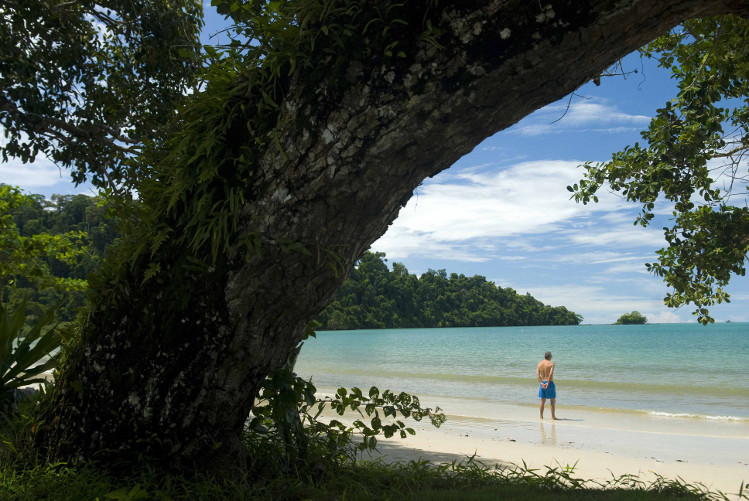
“Langkawi is home to what I call the Fabulous Flying Five,” says Malaysian TV’s famed ‘JungleWalla’, naturalist Irshad Mobarak. “Africa has its Big Five but we have flying snakes, flying squirrels, flying foxes, flying dragons…we even have flying lemurs.”
The fascinating colugo – also known as the cloaked monkey, or the skin monkey – is the world’s only flying primate and Langkawi’s Datai Bay, in the far northwest of the main island, is the best place in the world to spot this unique creature. Datai Bay is one of Langkawi’s most superb beaches, too.
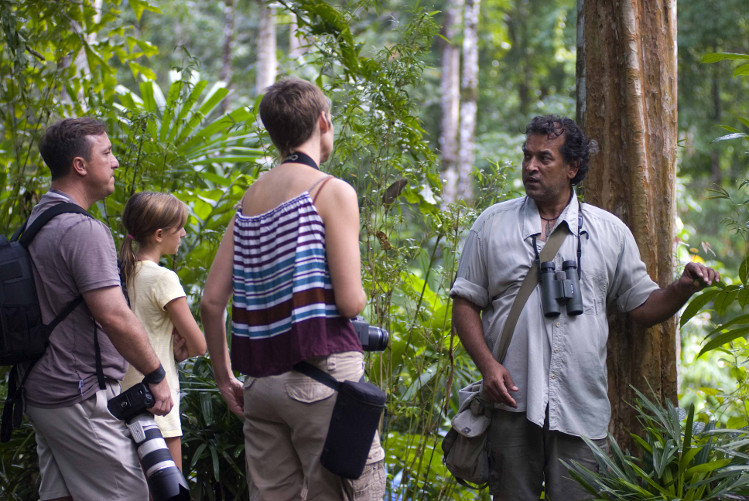
Irshad Mobarak leads truly intuitive nature walks from The Datai Langkawi that have the potential to leave you with a completely different outlook on natural history. His Junglewalla’s Natural History operation (junglewalla.com) can also take care of logistics for more demanding treks and expeditions. It’s possible to trek to the summit of Machinchang in a two-day roundtrip but you need to carry your own tent – or, better, a jungle hammock.
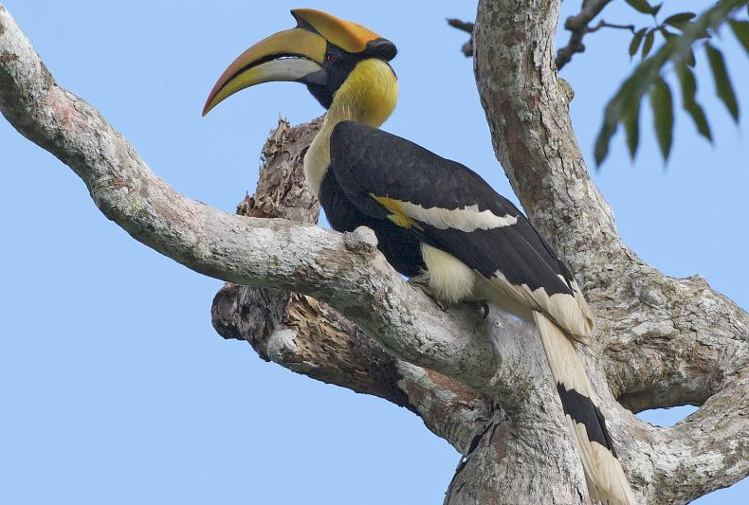
Just over half the size of Singapore, Langkawi is home to a whopping 238 bird species (and more than double the number of butterflies), with many twitchers naturally drawn to once-in-a-lifetime sightings of the wreathed hornbill and the great hornbill (the latter measuring 1.3 metres from tip of beak to tip of tail). Eight species of kingfisher can be seen across the archipelago, too.
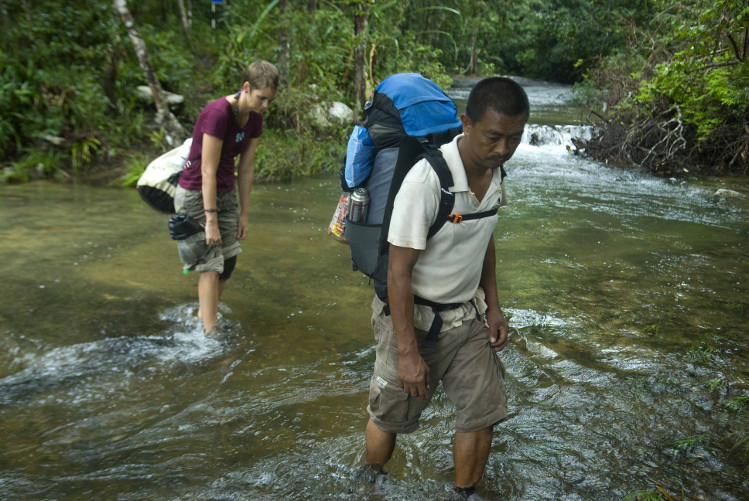
Gunung Machinchang is the oldest mountain on the Malay Peninsula. Five hundred and fifty million years ago it was still part of the supercontinent of Gondwanaland (comprising what would later become Australia, Africa and South America). Then, about 200 million years ago, tectonic forces pushed Machinchang above the surface of the sea to create Langkawi. Gunung Raya is the highest mountain on Langkawi (at 881m) but you can reach the peak in just half an hour by car along a series of scenic, jungle-shrouded switchbacks.
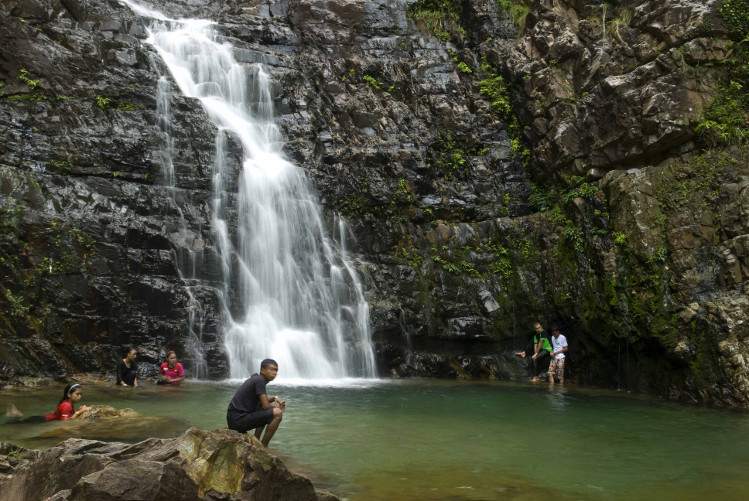
To most Malaysians, Langkawi is almost as famous for its waterfalls as it is for its beaches. The highest – a cascading wall of water that drops 200 metres, through the levels – is Air Terjun Temurun (Temurun Falls, located in the Gunung Machinchang Forest Reserve on the northwest of the main island).
Just inland from Pantai Kok nearer to the centre of the island, Telaga Tujuh (Seven Wells Waterfall) cascades off the flank of Machinchang Mountain and has seven natural pools at the top. It can be visited on the way down from the summit or via 600 steps leading from the carpark at its base.
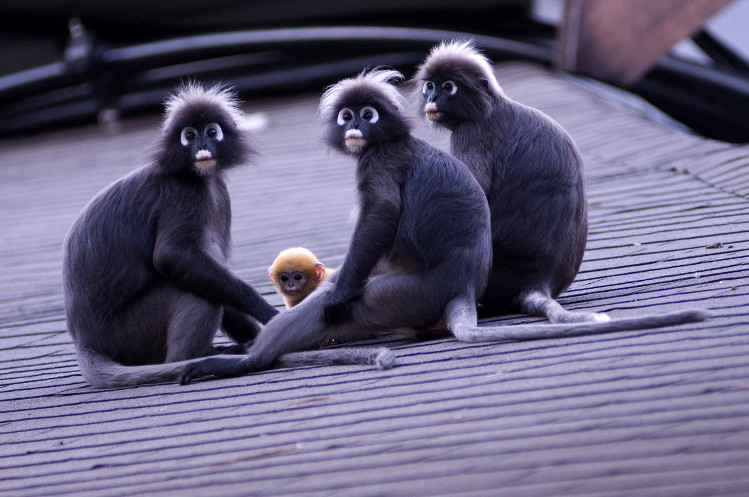
In 2007 Langkawi was recognised by Unesco as a site of unique geological heritage. Whether you’re a geologist or an average Joe feeling struggling to grasp 550 million years of tectonic formation, the Langkawi Geopark (langkawigeopark.com.my) offers a series of exhibits that will put it all in context. Horse rides, row boats and Segway tours are also available.
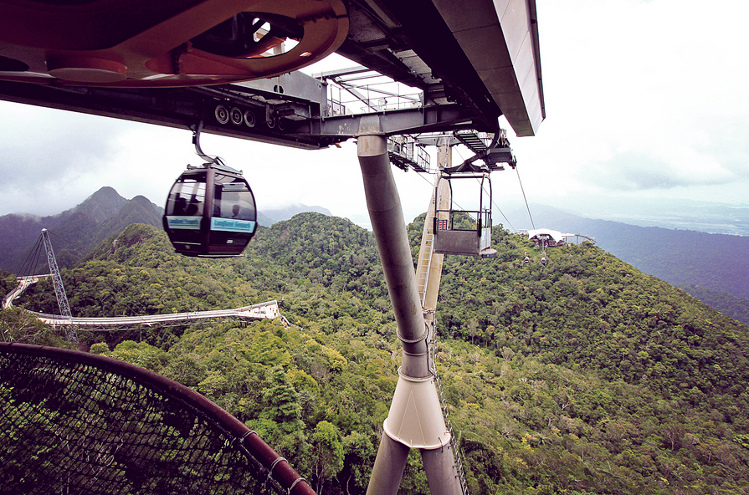
Langkawi’s famous cable car runs from the Oriental Village open-air mall (near Pantai Kok) to the peak of Gunung Machinchang. The car climbs through two sections and then there’s a short flight of steps that lead up to the peak itself where there are outstanding views, and plenty of souvenir shops, to busy oneself with. From the top of Machinchang you can also walk the SkyBridge, a 125m steel pedestrian suspension bridge that stretches between the peaks. At the time of press, an upgrade was underway to install a glass-bottomed section on the walkway.
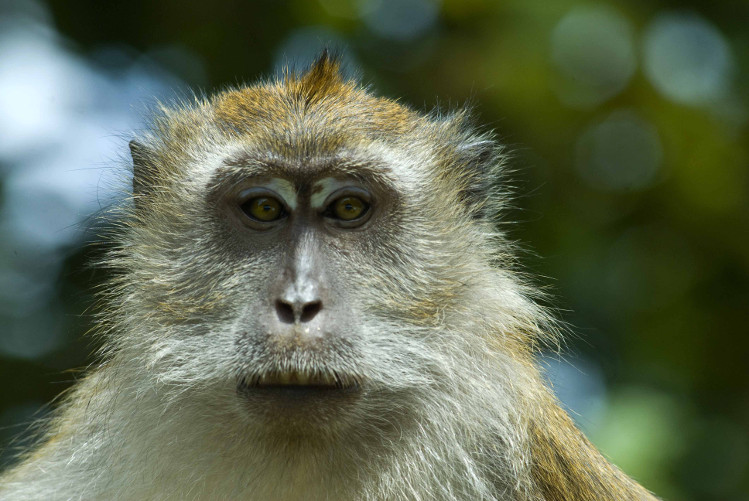
The 100km2 swathe of giant limestone formations, beaches, lagoons and mangrove swamps that comprise Kilim Karst Geoforest Park (langkawigeopark.com.my/v2/geoheritage-a-geoforest-park/the-kilim-karst-geoforest-park.html) in the far northeast of Langkawi are best explored by boat. Most tours also take in the floating fish farms and even a chance to feed stingrays kept as a tourist attraction. Some operators also promote the chance to feed wild eagles, kites and monkeys, but this practice, which can transform wild animals into picnic area pests, is not recommended.
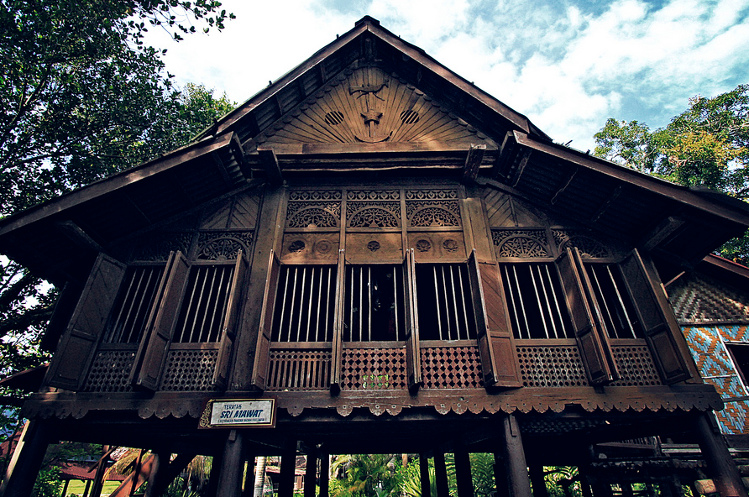
Mahsuri is Langkawi’s own folk heroine. According to local legend, the beautiful maiden was wrongly accused of adultery and sentenced to death, but before she could be executed she cursed her wrongdoers (and, by association, the island as a whole) to seven generations of bad luck. Langkawi remained an economic backwater for the next 200 years. When Wan Aishah (the seventh generation descendent of Mahsuri) returned to Langkawi from Thailand in 2000, the whole island celebrated, and, coincidentally, it henceforth began to emerge as one of Malaysia’s top tourism drawcards.
As if Mahsuri’s tale is not enchanting enough, the cultural centre, located about 17km northwest of Kuah, offers a great insight into Langkawi’s history and local life up until current times. A modest, marble tomb commemorating Mahsuri’s death can be found in the garden, allegedly marking the spot where she was originally buried.
When to go: The best time to visit Langkawi is from December to March, when rainfall is relatively isolated. This is the season of blossoms, courtship and nesting, with refreshing sea breezes keeping temperatures from climbing much above 30°C. August to October is the wettest period, with monsoonal downpours will limiting trekking opportunities and few boats will operate in stormy conditions.